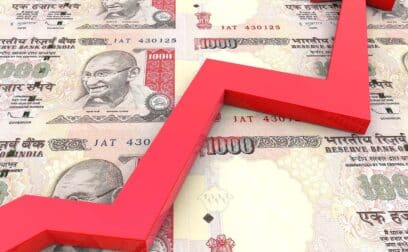Definition
Value-added tax (VAT) is a tax imposed at each stage of the production and distribution process.
What is value-added tax?
It is designed to tax the value added to a product or service at each stage of its production or distribution. VAT is a significant source of government revenue in many countries around the world.
Businesses are typically allowed to claim a credit for the VAT paid on goods and services purchased for business use. This ensures that the tax is not applied at each stage, which would result in double taxation.
VAT is considered a consumption tax because it is ultimately paid by the end consumer. It is embedded in the final price of goods or services and is borne by the consumer.
VAT is a significant source of revenue for governments. It provides a steady stream of income that can be used to fund public services, infrastructure, and other government initiatives.
Businesses are responsible for accurately calculating, collecting, and remitting the VAT to tax authorities. This involves maintaining proper records, filing periodic VAT returns, and ensuring compliance with tax regulations.
In international trade, VAT can be applicable on imports and exports. Various countries have mechanisms to account for VAT on cross-border transactions, which may involve reverse charges, import VAT, or special schemes for international trade.
VAT can affect the final price of goods and services, potentially influencing consumer behaviour and market dynamics. Businesses often factor in the VAT when setting prices.
Example of value-added tax
Let’s say you own a bakery that sells bread. When you purchase flour, yeast, and other ingredients from suppliers, you pay VAT on those purchases. This is known as input VAT.
Now, when you sell your freshly baked bread to customers, you charge them VAT on the final price. This is known as output VAT.
At the end of the tax period, you calculate the difference between the input VAT you paid and the output VAT you collected. If your output VAT exceeds your input VAT, you remit the difference to the tax authority. If your input VAT exceeds your output VAT, you may be eligible for a refund from the tax authority.
































 yet? Register here!
yet? Register here!